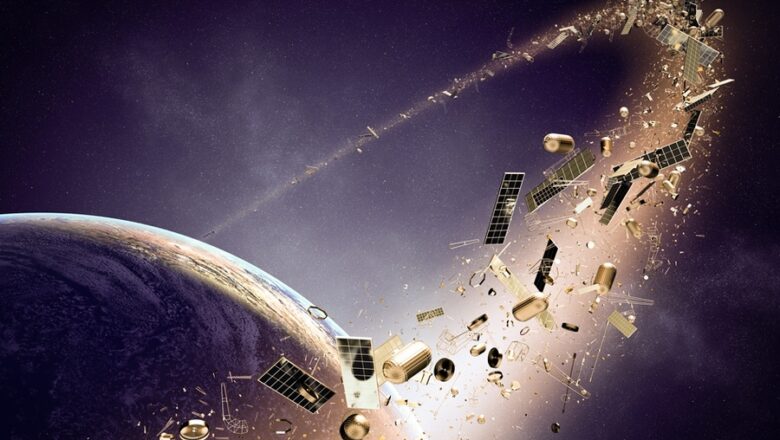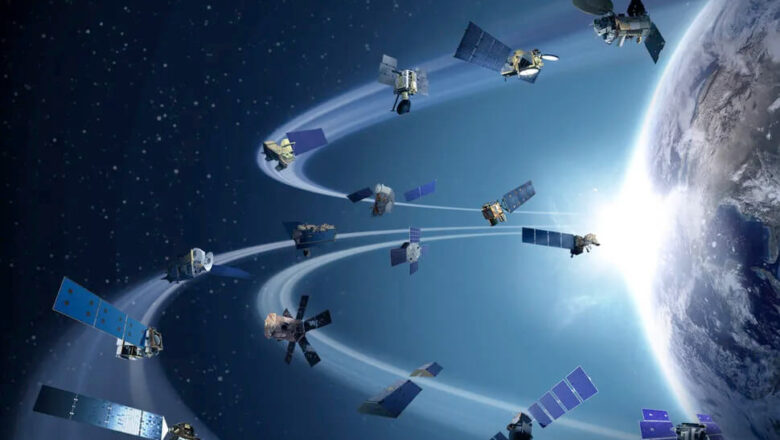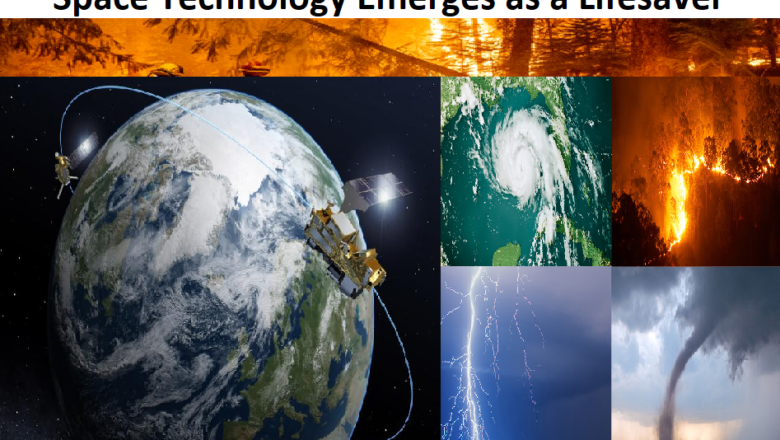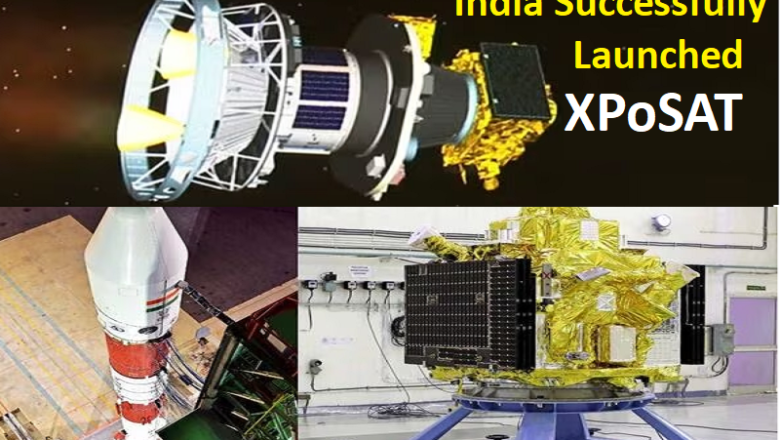
SpaceX Proposes $15 Billion Investment in Vietnam for Starlink Satellite Service
SpaceX is looking to invest a substantial $15 billion in Vietnam, with the focus on expanding its Starlink satellite service in the near future, according to the Vietnamese government. The proposed investment was discussed in a meeting between SpaceX Senior Vice President Tim Hughes and Vietnam’s Communist Party General Secretary To Lam, during the latter's visit to the US for the United Nations General Assembly.
The Vietnamese government is currently reviewing the proposal, though no further details have been provided, and SpaceX has yet to comment on the matter. The government noted last year that SpaceX had shown interest in offering its low-Earth orbit satellite service in Vietnam, though earlier reports suggested those plans were delayed.
Lam expressed that Vietnam would work wi...



